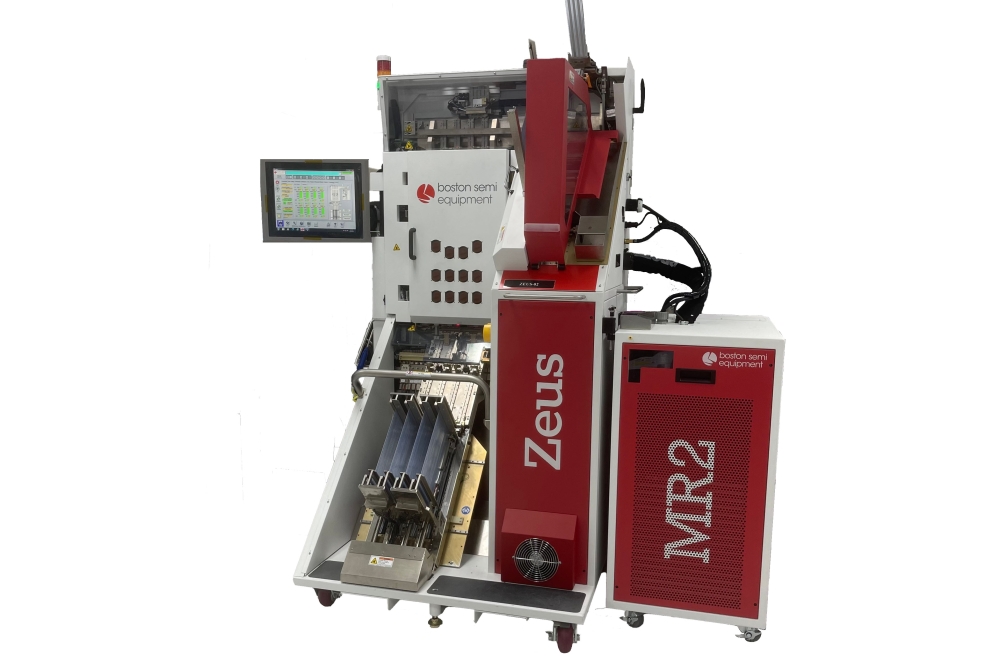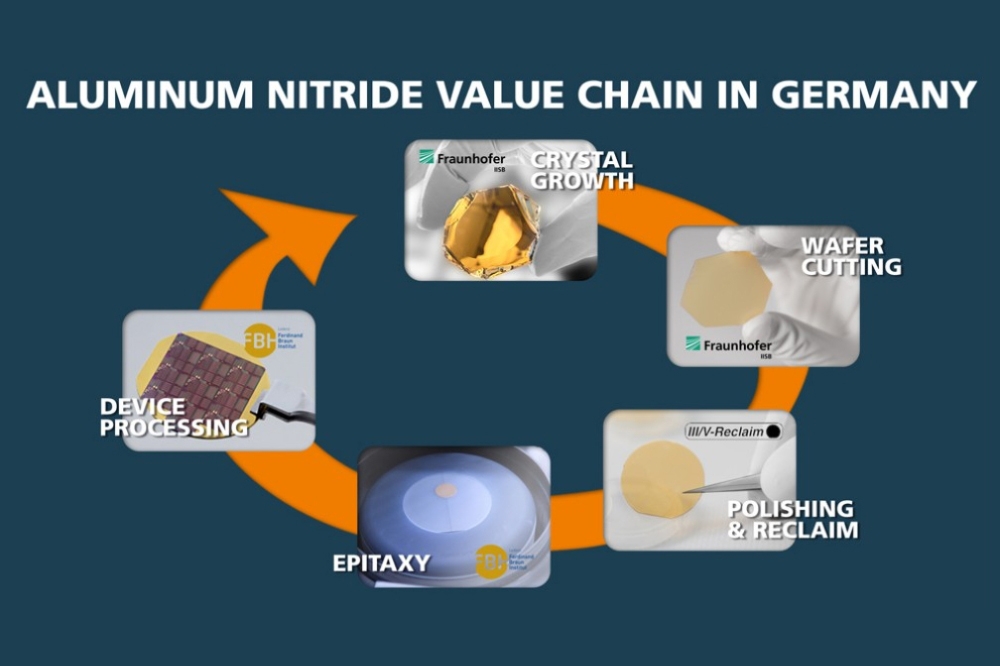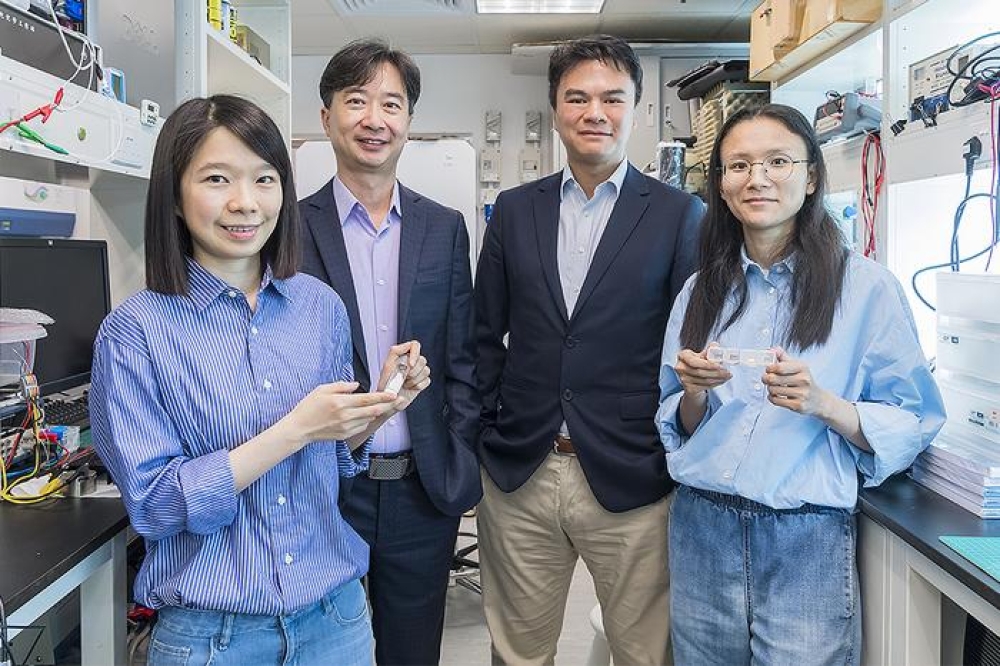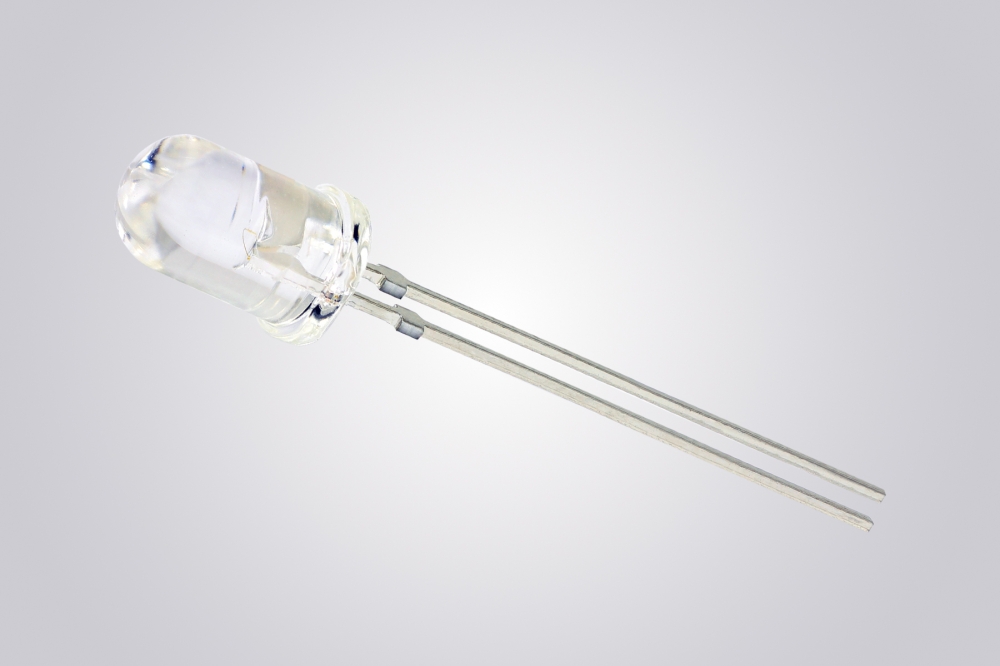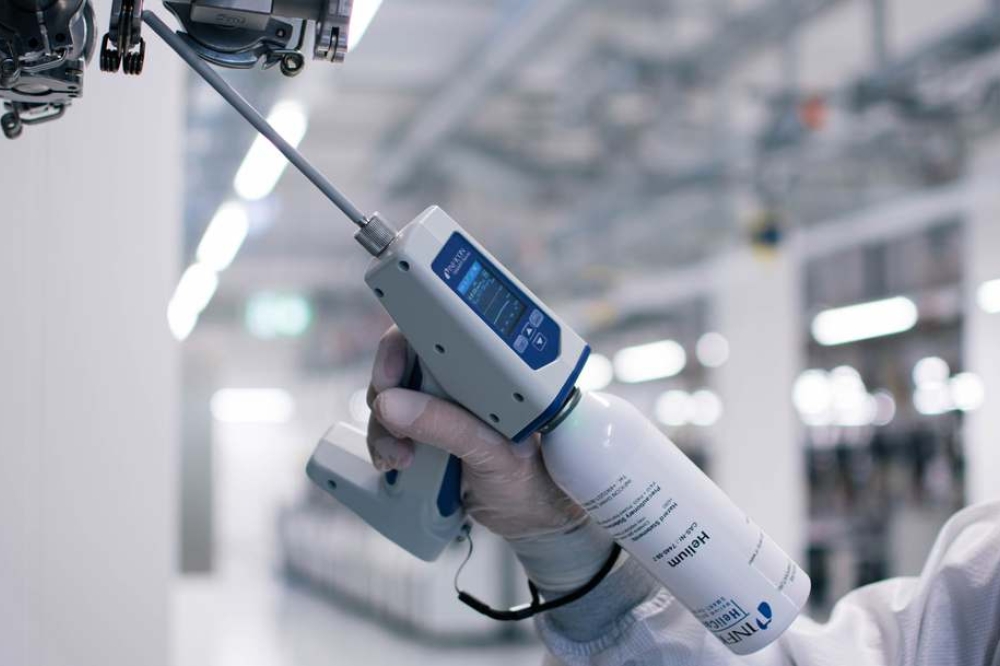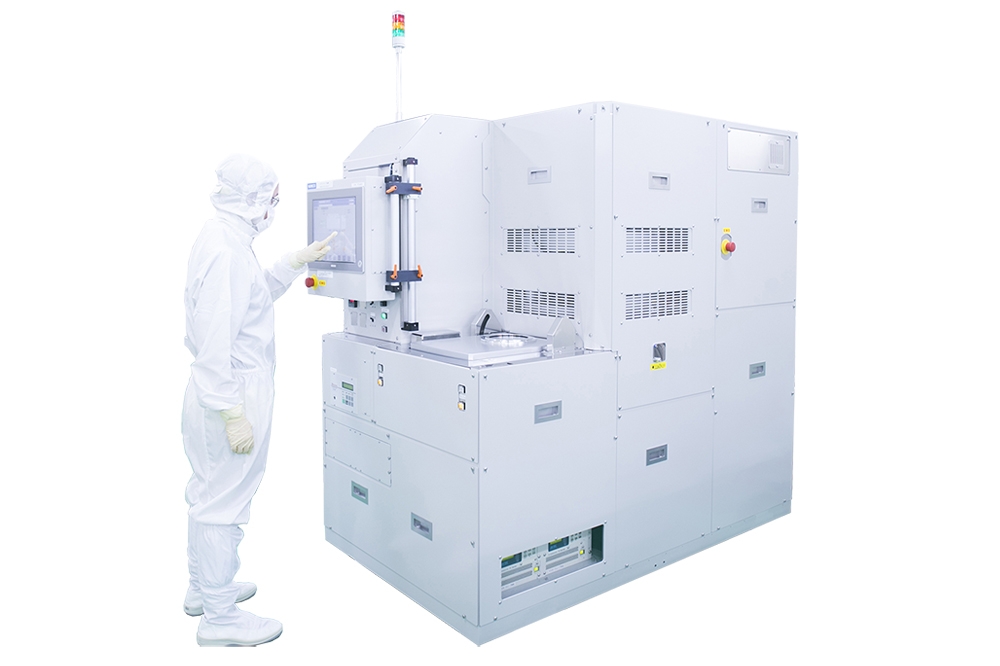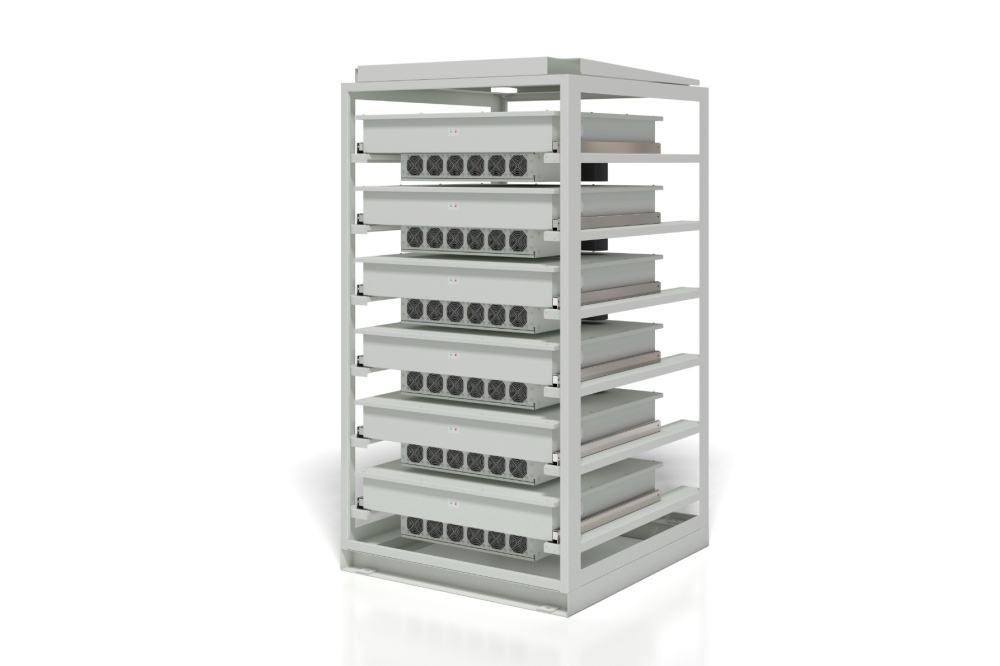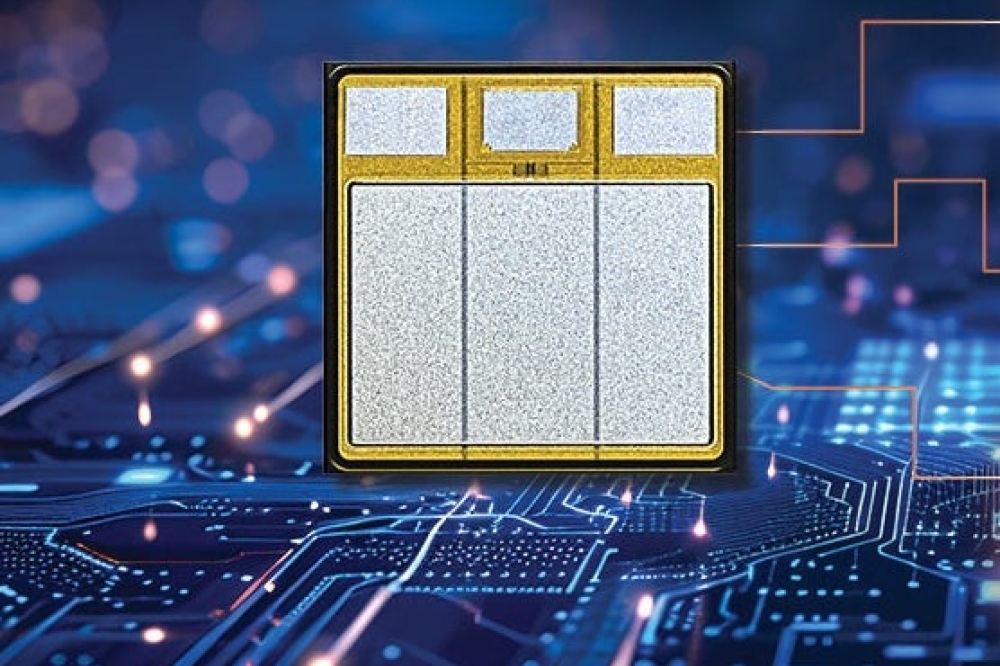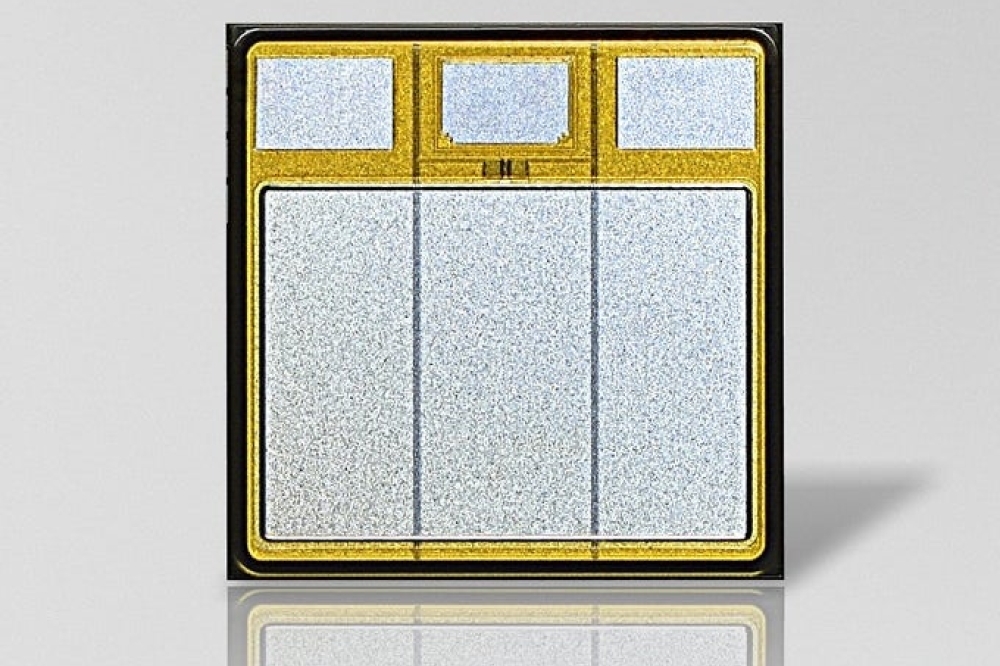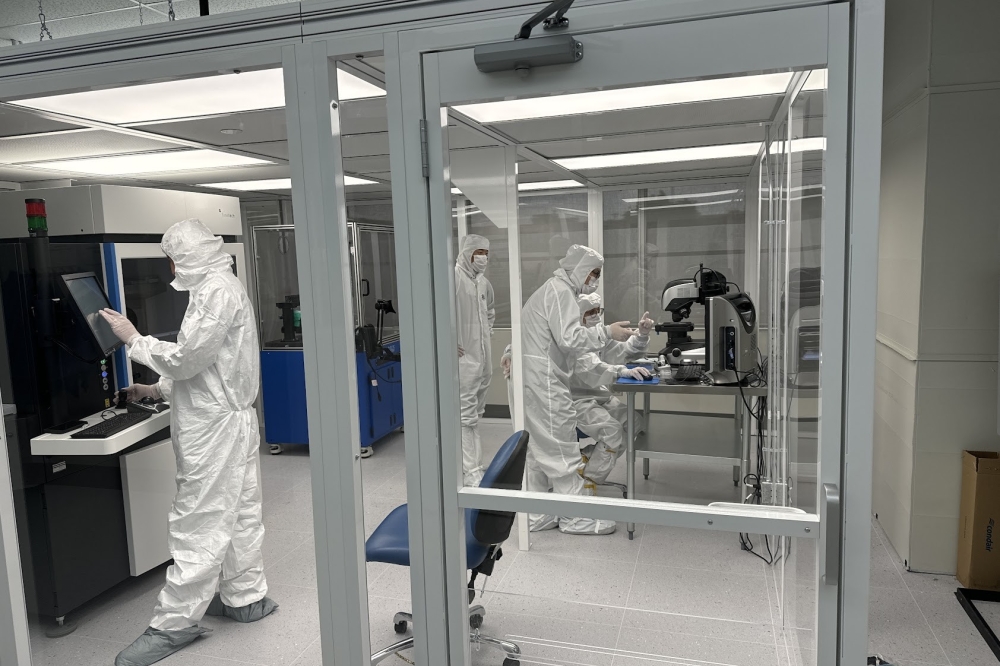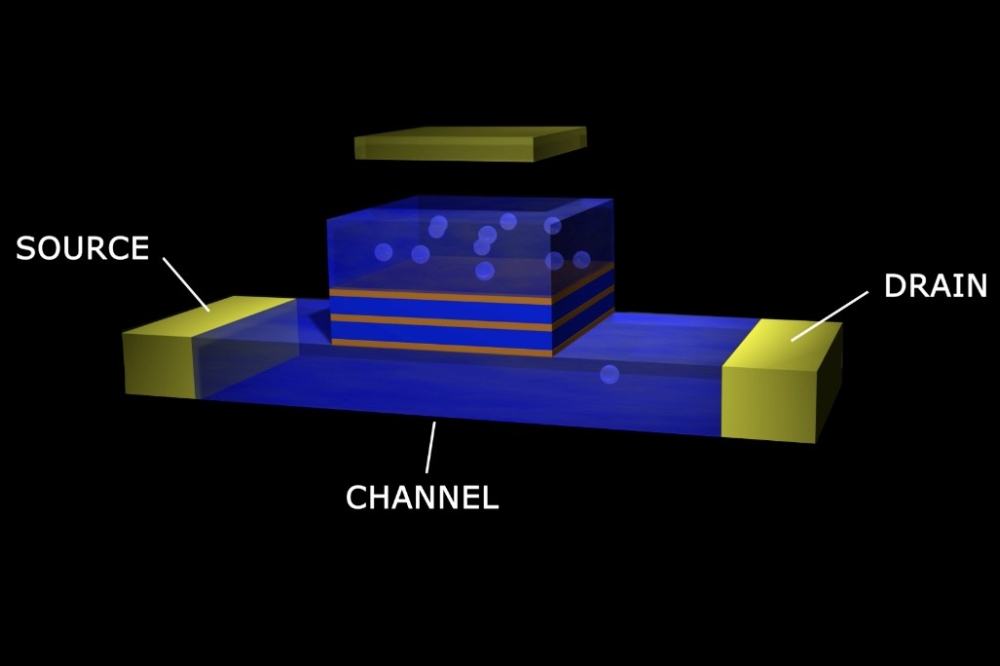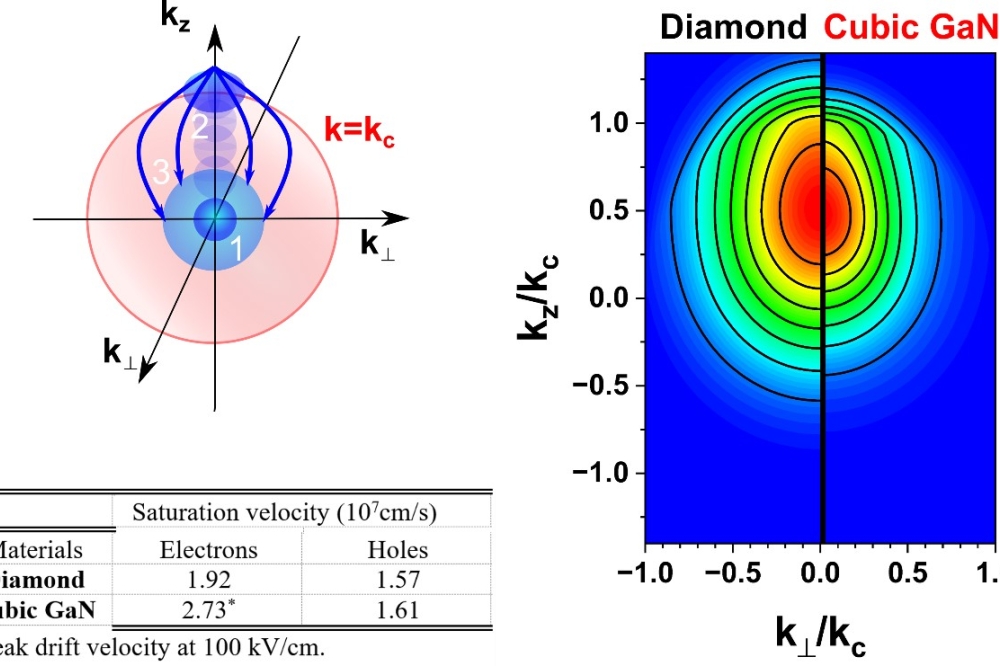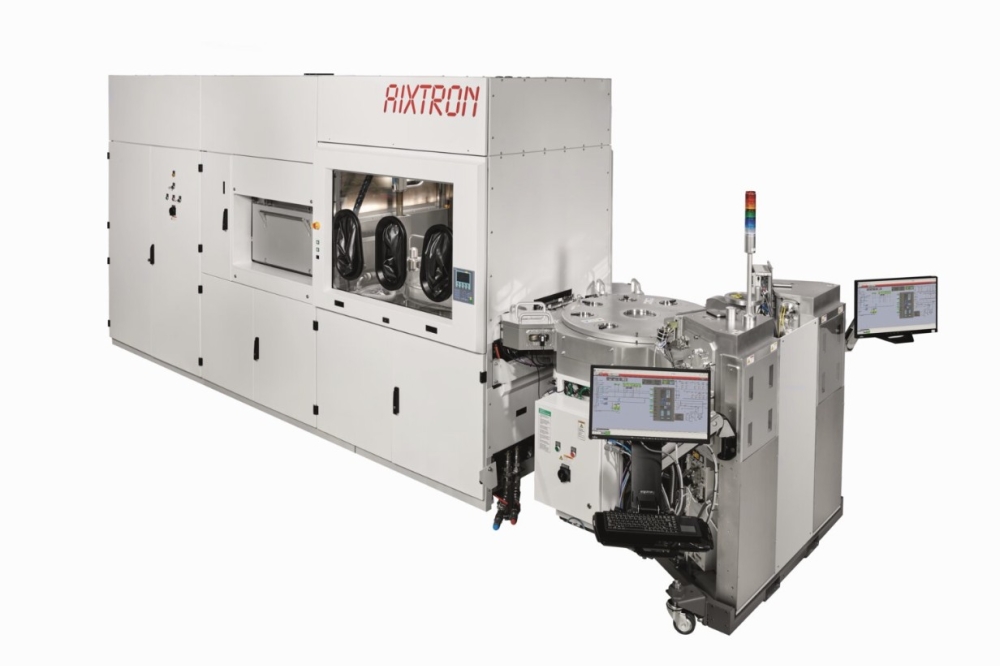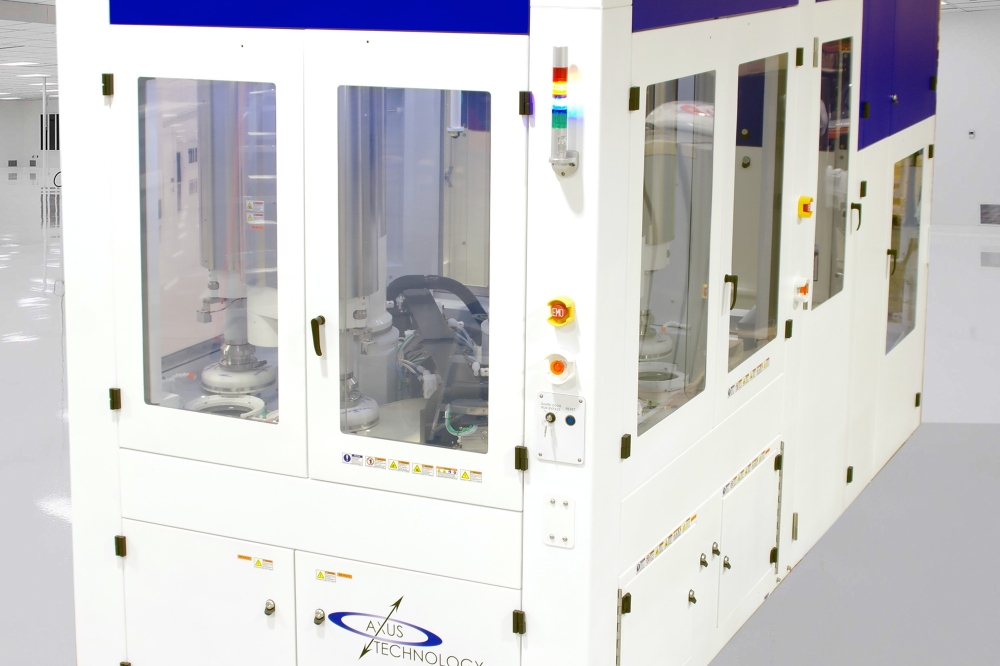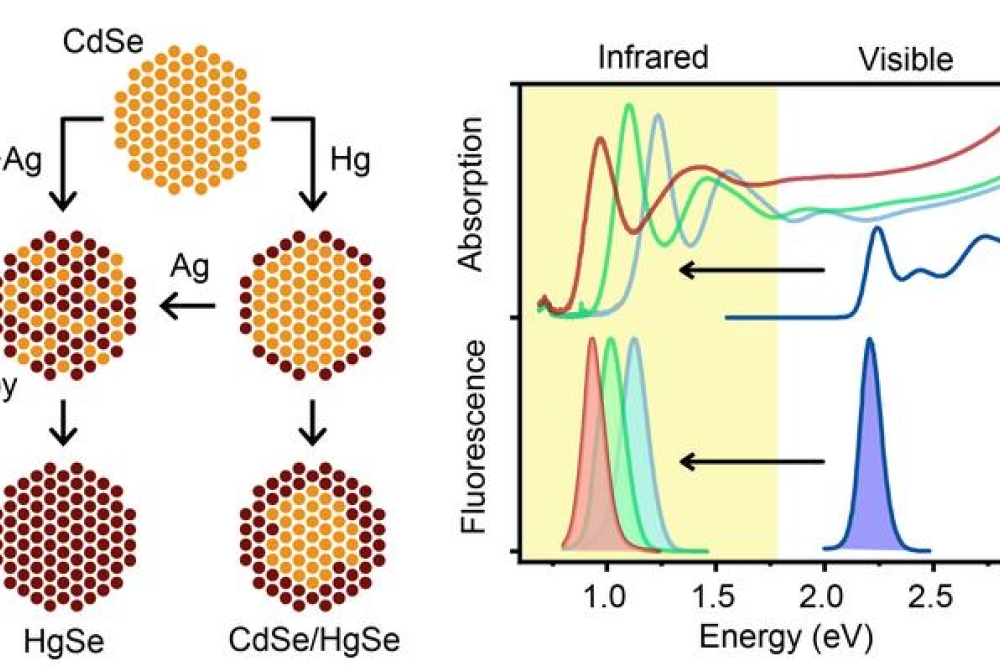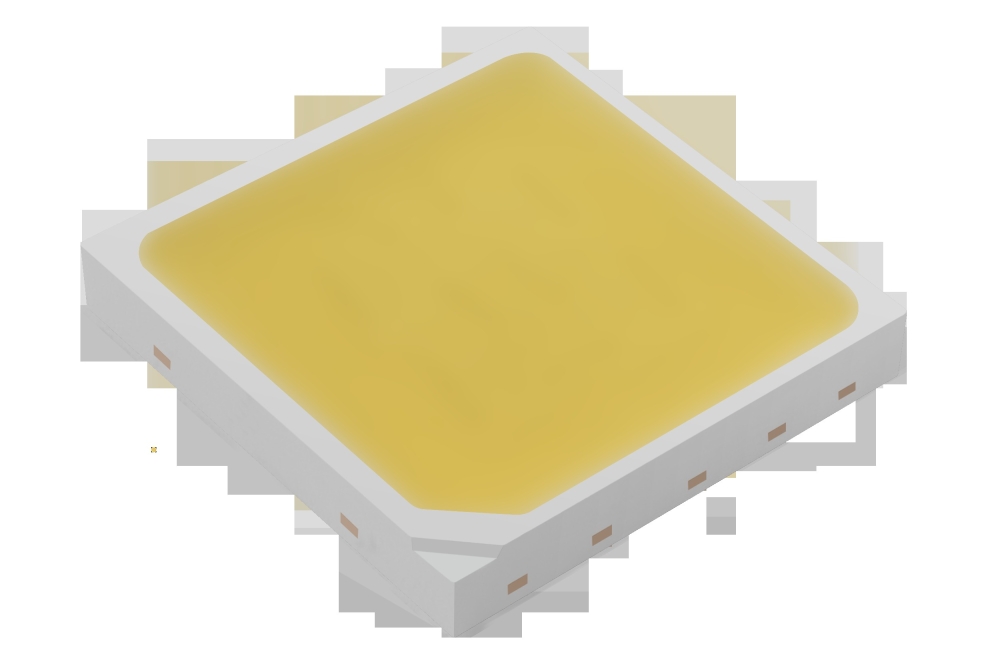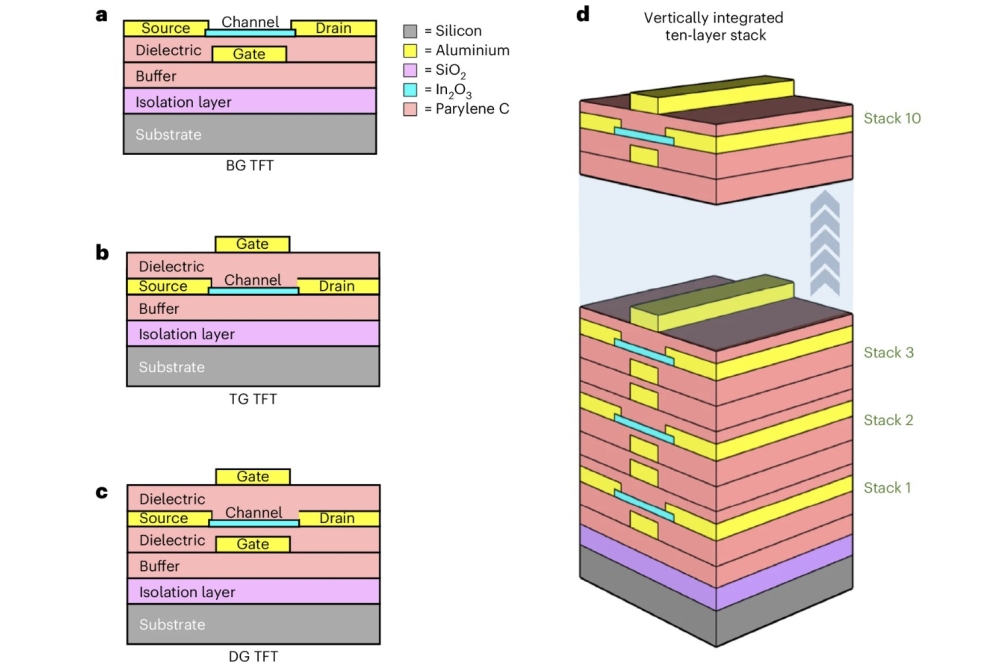Honda embraces compound semiconductors in new solar panels
Vehicle manufacturer Honda has created a new photovoltaic solar panel which uses compound semiconductors to ensure it delivers optimal power output at all times.
The panel uses a compound semiconductor that has been constructed from copper, indium, gallium and selenium to ensure, even when partially shaded, the panel provides an even flow of electricty.
In addition, in comparison to crystalline silicon photovoltaic panels, the process of manufacturing these compound semiconductor panels is 50 per cent more energy efficient.
Applications for the panels are wide-ranging, with the system being particularly useful in built-up or shaded areas, as well as in mobile devices, such as for use in solar-powered vehicles, where they will constantly be moving in and out of shade.
Elsewhere, Mitsubishi recently announced the creation of a new maximum power-point tracking (MPPT) system in its photovoltaic inverters.
The firm has developed the MPPT technology to monitor the panel's output and to ensure it is providing maximum energy production at all times.



